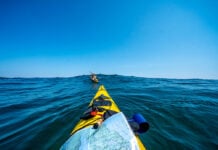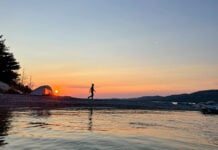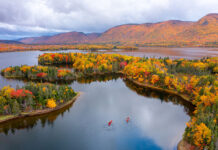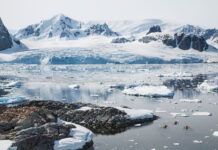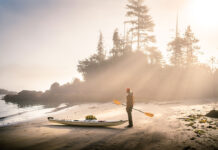There’s a river that crosses beneath the freeway on my drive to work. On its journey through the city it appears from place to place, in parks and major road crossings, but then vanishes for a long stretch into a deep ravine behind tracts of monster suburban homes and the closeted greens of an exclusive golf club before emerging under my commute.
I pass over this waterway almost daily, giving me the notion that I might like to paddle it someday, but I didn’t approach the idea with sufficient determination to actually make it happen for several years.
Overlooked urban waters give an unexpected dose of joy
Going outside means overcoming the inertia of being inside; attending to the dirty dishes in the kitchen, the dog that needs walking, the dust bunnies colonizing the stairs. There was never anything quite exciting enough about that muddy channel as seen from the highway—probably too polluted and boring, I told myself—to motivate me over the hurdle of actually getting there, to provide the inertia to cross the eddyline, as it were, out of the grind and into the unknown, where the water might be cold, or too shallow, or too swift, where something might waylay me and make me late for picking up the kids from daycare.
Strangely, more far-off wildernesses are easier to get to. They loom larger in the imagination, distant targets that you can build momentum towards by booking vacation, making lists and dehydrating food.
Then, one day, I finally did it. It was this article assignment that finally got me out the door. Sometimes all you need is an excuse. I set off alone on my usual traffic-clogged route to work, but this time with a kayak and a bike on board. I dropped off the car and took just 20 minutes to pedal back to where I’d conspicuously locked my kayak to a picnic table in a children’s playground.
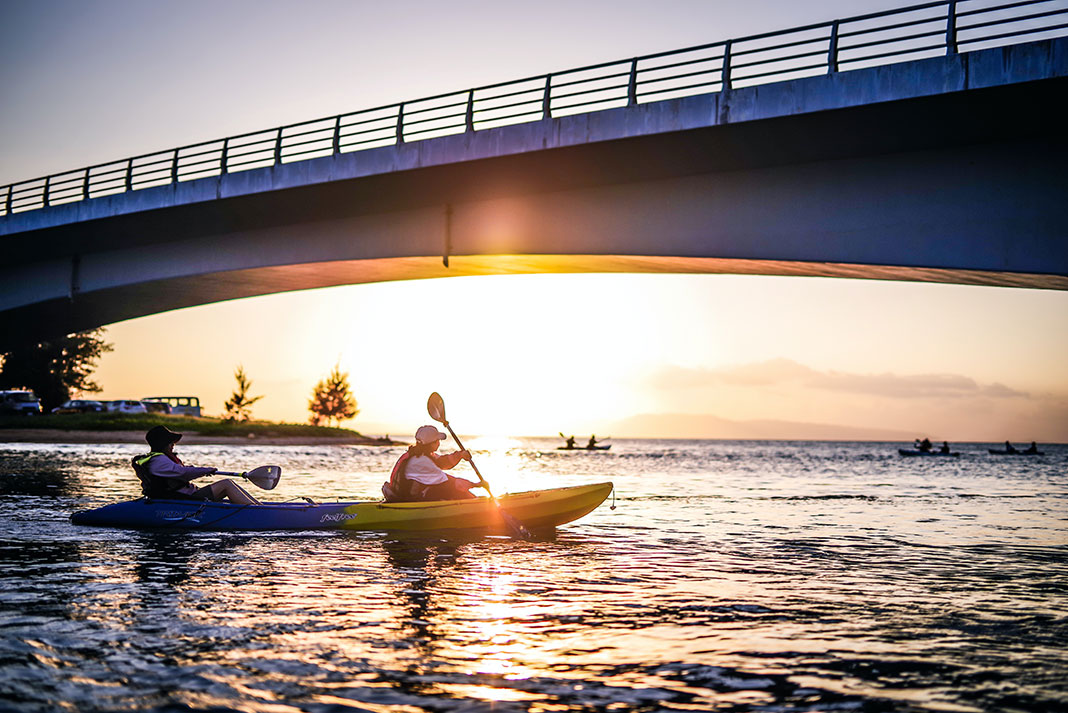
Setting off on urban waterways
My heart surprises me by doing a little leap when I see the water, at the thought of the adventure the river has in store for me. What had seemed like a lot of work to get going really wasn’t, and now here I am, accelerating down a chute past three men casting fishing lines into the current, under a busy roadway, and around a bend where the river carves into a steep shale bank. I’m all on my own, surrounded by trees, not a house in sight. I could be anywhere.
How easy and crucial it is to claim a little bit of happiness, just by going outside for whatever reason at all. This is something I discovered early in life but am not always good at remembering. Society screams at us that there are always more important things to do. But as I get older, I’m getting better at building these kinds of experiences into my routine. They keep me on an even keel. I’ve got greater happiness and peace of mind to show for it.
While designed for the ocean, my 15-foot touring kayak turns out to be the ideal river craft, fast enough paddling upwind on the flats, yet nimble enough for eddy turns and ferries in the class I rapids, its plastic hull bumping and sliding gamely over the shallows.
There’s inexorability to water, how rivers flow from A to B. Once you launch, you’ve entered a story, part of the order of things. Everything that occupied my mind before drops away, and I feel like I’m truly awake for the first time in weeks.
It’s like I’ve turned the city upside down and found a place where everything is curved, dynamic, and easier on the mind. The river is a place out of time, forgotten-feeling. Like many urban waterways it’s cleaner, quieter, wilder than any time in recent history. This river was once the center of a native civilization, and later an engine of 19th century industry. Today the many mills are shut down and dismantled, and roads have rendered it obsolete as a travel route. For most of us locals, whose lives revolve around the Starbucks and Walmarts tied together by asphalt, this feels as hidden as the creeks that flow through concrete tunnels under the city, a blank spot on our mental maps.
New perspective on a familiar place
The river is a new dimension, a time warp that turns my 20-minute bike shuttle into a two-hour adventure of wild sights, sounds and sensations. Shale riverbanks as high as buildings. Water sliding like molten glass over green-hued, slick rock-smooth shelves. Wildflower bursts of color. Kingfishers, hawks, geese, swans. Minnows. Great blue herons lifting off around every corner—or perhaps it’s the same one I’m lazily chasing.
Last comes the highway bridge that I usually drive, appearing completely different from below, its arcing underbelly the perfect contrast to its business-flat topside and the roaring beeline of commuter traffic that I will soon rejoin—a different kind of flow.
The river eases me back into civilization, but not before transforming my perspective. Now every time I drive to work, I feel different crossing that bridge, reminded of all that lies beneath and around the bend. That pleasant little jolt is better than the hot coffee in my travel mug, a joy I earned simply by committing myself to one tiny adventure.
Former Adventure Kayak editor Tim Shuff lives in Toronto, where he spends his time working as a firefighter and making up excuses to go paddling.
Turn the city upside down and find a place where everything is curved, dynamic, and easier on the mind. | Feature photo: Takuya Sakamoto/Pexels



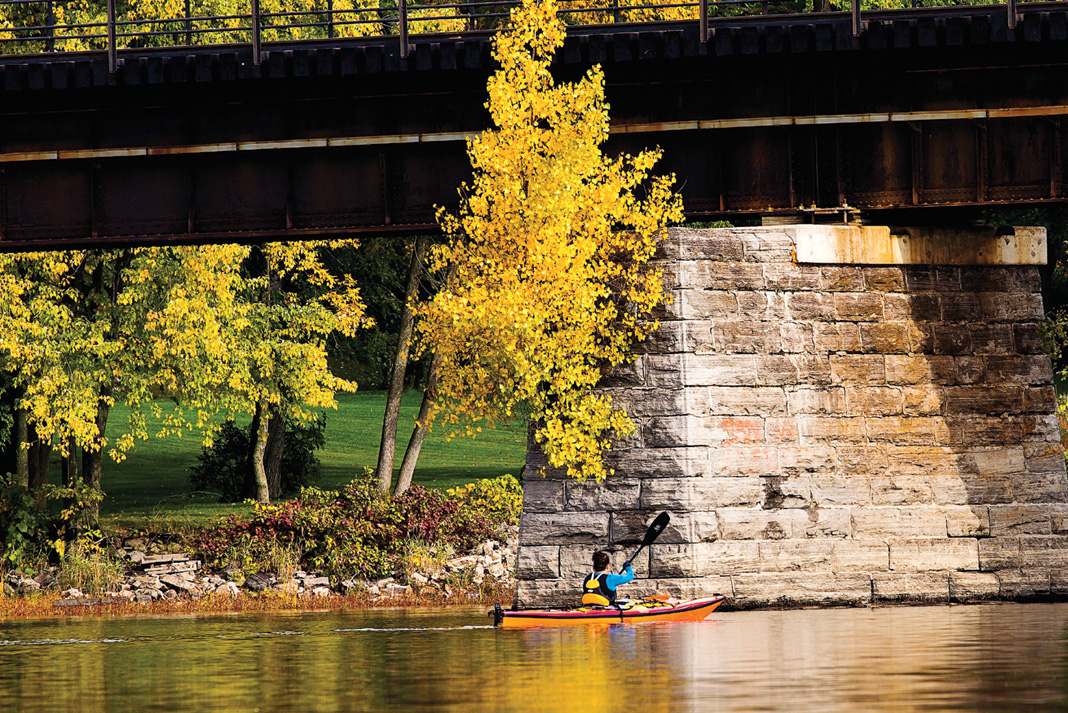
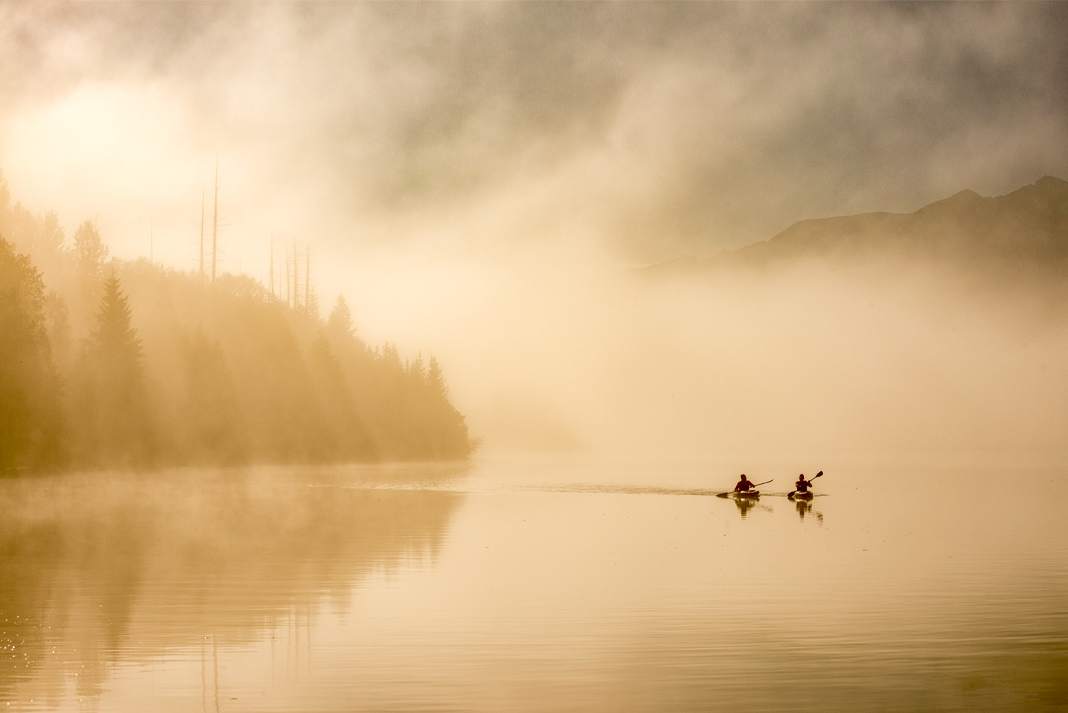
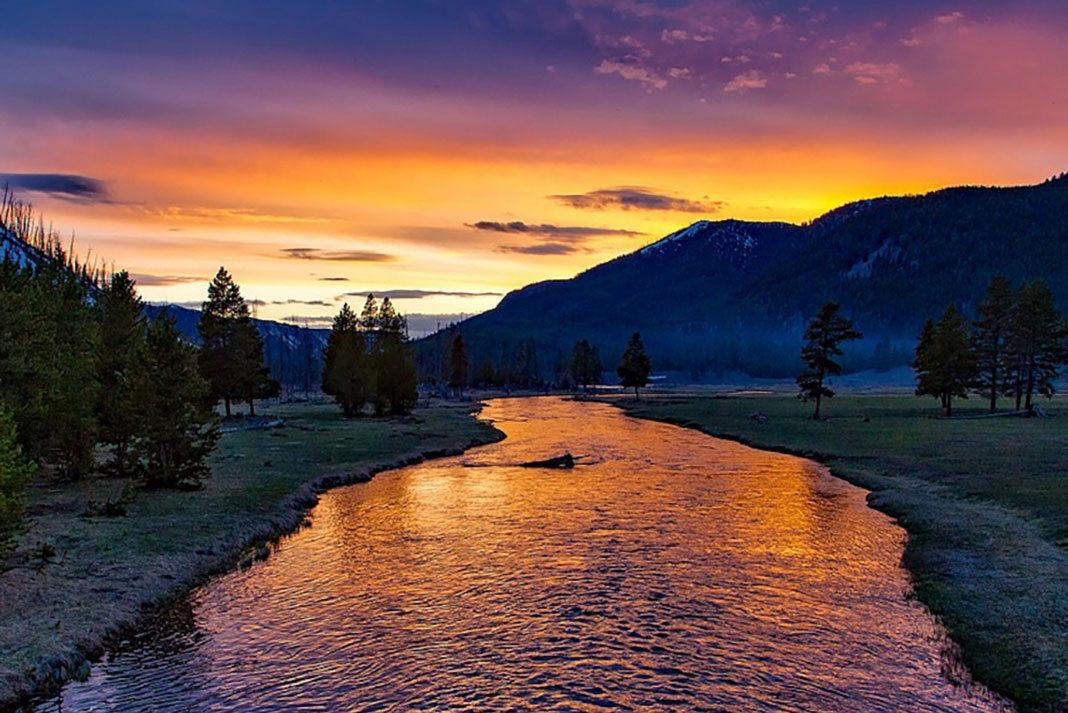
 This article was first published in the 2015 Paddling Buyer’s Guide.
This article was first published in the 2015 Paddling Buyer’s Guide. 